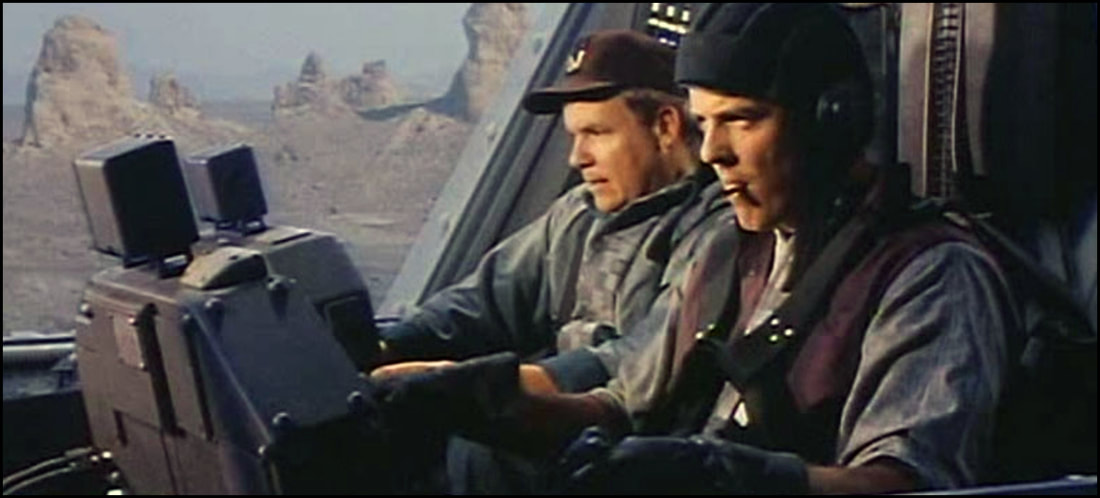Back then, anyone with some creativity, a video camera, some willing friends, and a bottle of ketchup could make an entertaining slasher film in the 80’s, and distributors were lining up to release them. Largely, this is because every street corner had a video rental store – even small grocery stores ran a video rental counter – so there was money to be made for those willing to put up even a modest bit of capital.
As the World Wide Web expanded, more and more folks flocked to the internet to satisfy some of their entertainment needs. The expansion of sites like MySpace, Facebook, and YouTube gave everyday people the opportunity to build home-grown franchises. As Netflix morphed from the premiere home rental outlet to a veritable streaming giant, it became clear that streaming was the way of the future.
Still, it’s that 80’s craze that captivates so much of what’s still being rediscovered. The demand for new flicks was insatiable, and this brought a handful of small(ish) production companies into existence, many of them sprung out of other studio systems when the getting was good. One of the more fondly remembered ones was Full Moon Features, a little giant that produced such motion pictures as Trancers, the greater Puppet Master saga, and today’s flashback review Robot Wars.
Producer, writer, and director Charles Band founded both Empire Pictures and Full Moon largely for the purposes of creating genre-exploiting releases; and he’s been credited as just one of the many masterminds he helped fuel the home video explosion mentioned above. 1993’s Robot Wars was his idea (as per the flick’s IMDB.com citation), but scripting duties were fulfilled by Jackson Barr (who was also responsible for such SciFi features as Trancers II, Seedpeople, and Bad Channels). While some might argue Barr and Full Moon’s scripts were always a bit derivative by other similarly themed big budget features, the production team still managed to eek out a bit of charm from an overused premise.
Robot Wars story is set in the year 2041, wherein some unnamed catastrophe has left the United States in geographic shambles. However – as capitalism still reigns supreme – tours into the wasteland are common, and crack investigative archaeologist Leda Fanning (played by the eternally fetching B-movie queen Barbara Crampton) and her journalist/friend Annie (Lisa Rinna) believe there’s a secret hidden in them thar hills. But they’ll need to team up with wise-cracking robot pilot Marion Drake (Don Michael Paul) and his partner Stumpy (James Staley) if they’re to thwart the terrorist group Centros from winning the day.
Actors Paul and Staley really aren’t given much to do as the film’s central partnership: while their relationship is built around the usually snarky barbs of the young pup versus the wizened engineer, the dialogue devolves to unsubstantiated smart-aleck remarks and eighth-grade-level humor. Staley is particularly wasted with observations couched in word choices probably befitting a much younger man; while Paul is shoehorned with overt anti-authority speeches which end up making his one-dimensional. In short, he’s the hero because he’s been written to be the hero, so expect no substitutes.
Likewise, Crampton and Rinna fare no better from Barr’s attempts at exposition. Neither are given all that much to do, hampered with exchanges that sound more like drunken high school tête-à-tête than they do adult dialogues. Crampton, in particular, has proven herself capable of so much more throughout her career, and her work in Wars appears to have been little more than showing up and delivering lines as written; the second half finds her somewhat in damsel-in-distress mode as well as shackled in a romantic entanglement (with macho-flavored Paul) that seemingly blossoms out of nowhere.
Sadly, Barr’s script never truly clarifies this particular universe – the greater history of the U.S. much less these particular players, though Stumpy offers the occasional reflection of the way things used to be when the plot needs moving forward – and the end result is that Wars seems at conflict with itself, never rising up or going anywhere unless its on the written page. Clearly, there’s an antagonist in here somewhere – Danny Kamekona’s Wa-Lee is the closest thing the audience is given as an adversary, but his motives appear to be limited to grand theft and general nastiness.
B movies do have their own charm, and Wars manages to dish some out, though much of it is limited to scenes involving the Scorpion-bot and its interiors. Production design for these lesser films of the 1980’s and 1990’s was always fairly simple (yet effective), and these behind-the-scenes wizards do their best with what they were provided. In fact, the film works best when its left in these environments; everything else – including the 1990’s era tourist town Crampton and Rinna visit to further investigate the script’s conspiracy – display the obvious limitations of budget which constrain every small studio.
In short, if you’re looking for a way to kill an hour, then Robot Wars is effective.
Beyond that?
It’s all wasteland.



 RSS Feed
RSS Feed